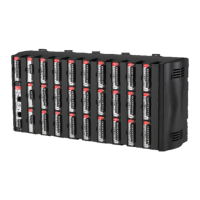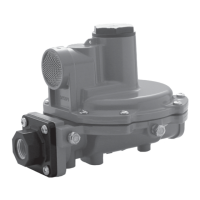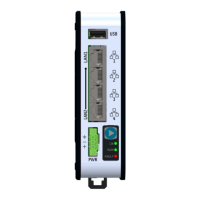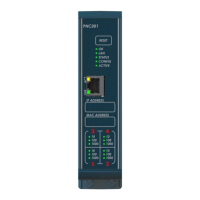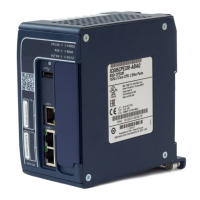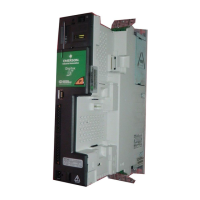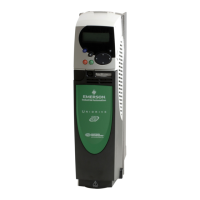ROC800-Series Instruction Manual
1-8 General Information Revised July-2017
Communication Ports
and Modules
The ROC800 provides up to six communication ports (refer to
Chapter 5, Communications). Three communication ports are built-in:
▪ Local Operator Interface (LOI) – Local Port EIA-232 (RS-232D).
▪ Ethernet – 10BASE-T twisted pair. IEEE multi-segment 10
MB/second baseband Ethernet.
▪ EIA-232 (RS-232C) – Comm2 Port for point-to-point asynchronous
serial communications.
Communication modules (which you install only in slots 1 [Comm3], 2
[Comm4], or 3 [Comm5] in the ROC800) provide additional ports for
communicating with a host computer or other devices. Modules include:
▪ EIA-232 (RS-232C) – Point-to-point asynchronous serial
communications include Data Terminal Ready (DTR) support,
Ready To Send (RTS) support, and radio power control.
▪ EIA-422/EIA-485 (RS-422/RS-485) – Point-to-point (EIA-422) or
multiple-point (EIA-485) asynchronous serial communications.
▪ Multi-Variable Sensor (MVS) – Interfaces with multi-variable
sensors.
Note: You can install up to two MVS modules per ROC800. This
limit does not apply to the MVS I/O module.
▪ Dial-up modem – Communications over a telephone network
(14.4K V.42 bis with throughput up to 57.6K bps).
▪ NRM – Network Radio Module
The design of ROC800-Series communications and I/O modules
supports “hot-swapping” (replacing similar modules in the same slot)
and “hot-plugging” (inserting modules into an empty slot) while the
ROC800 is powered. However, it is a good safety practice with any
electrical device to first remove power before you make internal
connections. If you find it necessary to hot-swap or hot-plug a module,
first review the most current specification sheet for that module to
ensure both your safety and the integrity of data that module may
provide.
FOUNDATION
™
Fieldbus
Interface
The FOUNDATION Fieldbus Interface (FFI) is a ROC800-based
solution that enables a ROC800 to support bi-directional multi-drop
digital communications between fieldbus devices.
While you can implement the FFI as a stand-alone device, you can also
install it as an integral part of the ROC827 housing, since the FFI is
based on a standard Series 2 EXP. However, the FFI does not expand
the I/O capability of the ROC827 beyond the 27 module-limit.
For technical information on the FFI, refer to the technical
specifications ROC800:FFI or the FOUNDATION Fieldbus Interface
Instruction Manual (part D301461X012). For information about the
software you use to configure the FFI, refer to the Field Interface
Configurator User Manual (part D301575X012).

